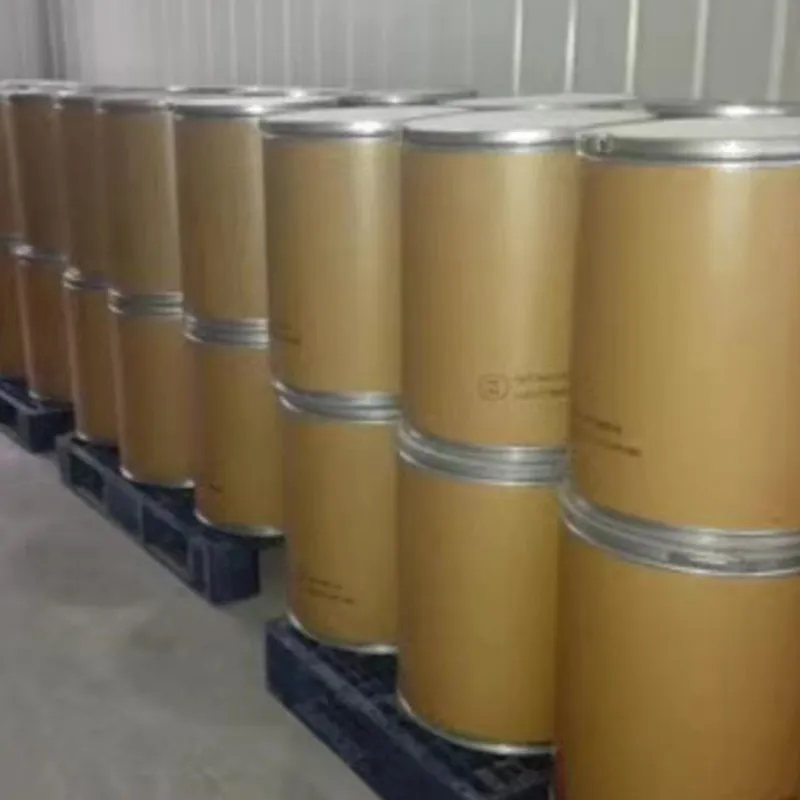
Exploring the Role of MSG as a Flavor Enhancer and Preservative in Foods
Understanding MSG and Its Role as a Preservative
Monosodium glutamate (MSG) has long been a topic of debate in the realms of nutrition and food science. Widely known as a flavor enhancer, MSG is a sodium salt of glutamic acid, one of the most abundant naturally occurring non-essential amino acids. While MSG is famed for its ability to amplify flavors, its role as a preservative is less frequently discussed. This article aims to explore MSG’s function as a preservative, its implications for food safety, and the ongoing controversies surrounding its use.
First, it is essential to understand how MSG functions in food preservation. Like many other food additives, MSG can help extend the shelf life of products. Its primary function, however, lies in enhancing umami—the savory taste that is often associated with protein-rich foods. While it does not inherently prevent spoilage, it can contribute to overall flavor stability, which is crucial in maintaining consumer satisfaction and reducing food waste.
Understanding MSG and Its Role as a Preservative
The application of MSG as a preservative extends beyond its use in packaged foods. In Asian cuisines, for example, MSG is frequently used in broths and sauces to enhance savory flavors, which can lead to higher consumption rates and less waste. Additionally, MSG is found in processed meats, snack foods, and frozen meals, where its flavor-enhancing properties can help mask the loss of flavor that often occurs during preservation processes.
msg preservative

Despite its benefits, MSG has become controversial due to its association with a collection of symptoms often referred to as Chinese Restaurant Syndrome (CRS). This term emerged in the late 1960s when individuals reported experiencing headaches, sweating, and other symptoms after consuming MSG-laden meals. Although subsequent research has largely debunked the link between MSG and severe health issues for the general population, some individuals may still experience sensitivity to the additive.
This controversy has led to increased scrutiny and regulation of MSG in various countries. While some regions have implemented strict labeling requirements and conducted extensive research regarding its safety, others have embraced MSG as a safe ingredient essential for enhancing culinary experiences. This difference in perspective is often reflected across cultural attitudes towards food additives in general. In cultures where umami is a celebrated flavor, MSG is often viewed in a more favorable light.
From a regulatory standpoint, organizations such as the FDA and the World Health Organization have classified MSG as generally recognized as safe (GRAS). This classification underscores that the additive can be used in food products without significant health risks for the majority of consumers. Nevertheless, it remains vital for individuals with sensitivity to MSG to monitor their intake and be aware of its presence in food products.
In conclusion, MSG serves as a multifaceted ingredient that plays an essential role in food preservation primarily through its flavor-enhancing capabilities. While it may not be a conventional preservative in the sense of preventing microbial growth, its effect on flavor stability can contribute to reducing food waste and enhancing consumer satisfaction. The ongoing discourse around its safety continues to shape public perception and regulatory practices. As consumers become increasingly interested in food quality and safety, the conversation surrounding MSG will likely evolve, prompting more research and discussions on its role in modern cuisine. It is crucial for consumers to educate themselves about MSG, its uses, potential sensitivities, and the broader context of food preservation.
-
The Safety Challenges of Ammonium Nitrate FertilizerNewsJun.26,2025
-
The Critical Role of Mining ChemicalsNewsJun.26,2025
-
Shelf Life of Glacial Acetic Acid Food GradeNewsJun.26,2025
-
Enhancing PVC Longevity with 1,2,3-Benzotriazole InnovationsNewsJun.26,2025
-
China’s Dominance in Food Additive ProductionNewsJun.26,2025
-
Can Aluminum Hydroxide Replace More Toxic Alternatives?NewsJun.26,2025
-
PE and PP Plastics with Benzotriazole AdditivesNewsJun.12,2025
Hebei Tenger Chemical Technology Co., Ltd. focuses on the chemical industry and is committed to the export service of chemical raw materials.
-

view more DiethanolisopropanolamineIn the ever-growing field of chemical solutions, diethanolisopropanolamine (DEIPA) stands out as a versatile and important compound. Due to its unique chemical structure and properties, DEIPA is of interest to various industries including construction, personal care, and agriculture. -

view more TriisopropanolamineTriisopropanolamine (TIPA) alkanol amine substance, is a kind of alcohol amine compound with amino and alcohol hydroxyl, and because of its molecules contains both amino and hydroxyl. -

view more Tetramethyl Thiuram DisulfideTetramethyl thiuram disulfide, also known as TMTD, is a white to light-yellow powder with a distinct sulfur-like odor. It is soluble in organic solvents such as benzene, acetone, and ethyl acetate, making it highly versatile for use in different formulations. TMTD is known for its excellent vulcanization acceleration properties, which makes it a key ingredient in the production of rubber products. Additionally, it acts as an effective fungicide and bactericide, making it valuable in agricultural applications. Its high purity and stability ensure consistent performance, making it a preferred choice for manufacturers across various industries.











